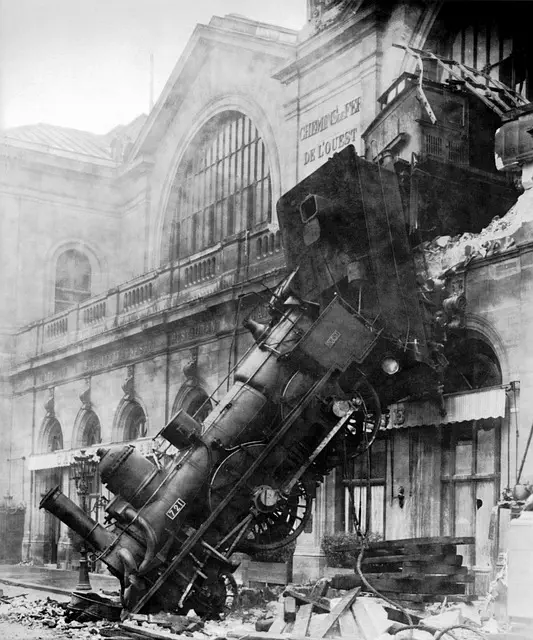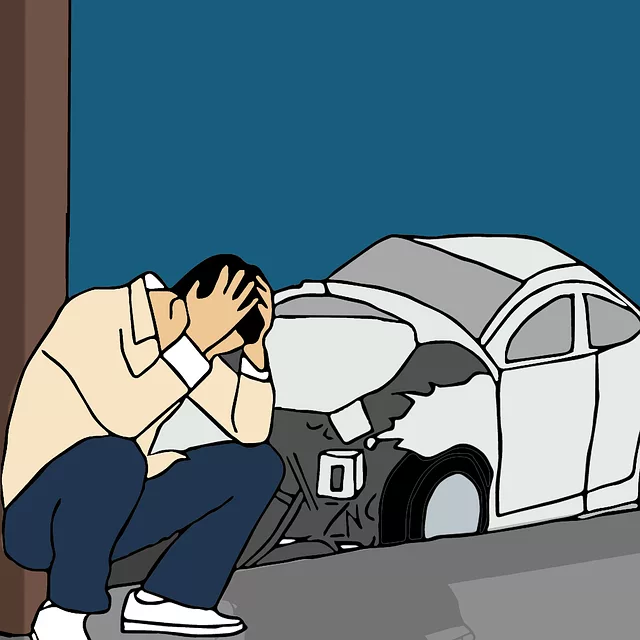In New York City, especially in Queens with its high concentration of construction sites, workplace injuries are a significant concern due to lax safety measures. The Department of Buildings (DOB) enforces stringent regulations mirroring OSHA standards to mitigate risks, but non-compliance can lead to legal repercussions for contractors and employers. Comprehensive safety measures like worker training, personal protective equipment (PPE), regular inspections, clear communication, and fostering a reporting culture are essential. Recent success stories in Queens and The Bronx demonstrate the city's commitment to improving construction site safety through innovative programs and stricter regulations, aiming to reduce workplace injuries among building and renovation workers.
“Construction site safety violations are a significant concern in bustling New York City, particularly in The Bronx. This urban landscape’s rapid development often comes at a cost, with workplace injuries stemming from regulatory negligence. Our article delves into the intricate web of safety regulations governing NYC construction sites, highlighting common violations plaguing The Bronx. We explore the legal repercussions and penalties for disregarding these rules while offering preventive measures to foster safer worksites in Queens. Additionally, real-life case studies illustrate successful safety transformations across New York City’s construction sector.”
- Understanding Construction Site Safety Regulations in NYC
- Common Violations Leading to Workplace Injuries in The Bronx
- Legal Implications and Penalties for Safety Negligence
- Preventive Measures: Ensuring Safe Worksites in Queens
- Case Studies: Real-life Examples of Improved Safety in New York City Construction Sites
Understanding Construction Site Safety Regulations in NYC

In New York City, construction sites are governed by a robust set of safety regulations aimed at mitigating workplace injuries and ensuring the well-being of workers across the five boroughs, including The Bronx. These rules, enforced by the Department of Buildings (DOB), cover a wide range of aspects from fall protection and equipment safety to hazard communication and emergency preparedness. Compliance is not just a legal requirement but also a critical step in preventing accidents and saving lives.
The DOB’s regulations are designed to mirror and enhance national standards set forth by OSHA, with specific considerations for the unique challenges posed by New York City’s urban construction environment. For instance, sites in The Bronx often face tight quarters, heavy traffic, and dense population, necessitating stringent safety protocols. Builders and contractors must stay informed about these regulations, which include specific guidelines for different types of projects, to ensure their sites are safe havens rather than accident waiting to happen.
Common Violations Leading to Workplace Injuries in The Bronx

In the bustling construction sites across The Bronx, New York City, a stark reality persists—workplace injuries are all too common. Among the myriad safety violations that often go unheeded, some stand out as leading causes of accidents and harm to workers. From 2020 to 2022, data from the New York State Department of Labor reveals a concerning trend in construction site mishaps, particularly in Queens, a neighboring borough known for its active building landscape.
Falling objects remain a significant concern, with many incidents attributed to inadequate guardrails or protective gear. Similarly, electrocution hazards are prevalent, often resulting from workers inadvertently coming into contact with live wires during excavation projects. Additionally, trips and falls on uneven surfaces or due to poorly placed cables are not uncommon, emphasizing the critical need for proper site preparation and worker training in New York City’s construction industry.
Legal Implications and Penalties for Safety Negligence

Construction site safety violations can have significant legal implications and penalties for contractors, employers, and even property owners. In New York City, including The Bronx, workplace injuries are taken very seriously due to the high population density and heavy construction activity. Failure to adhere to safety regulations can result in severe consequences such as hefty fines, legal actions, and damage to reputation.
Penalties often include monetary fines imposed by the Occupational Safety and Health Administration (OSHA), which enforce standards across the nation. In cases of serious injuries or fatalities, criminal charges may be pressed, leading to substantial legal fees and potential jail time. Additionally, victims of workplace injuries in New York City Queens can pursue compensation through workers’ compensation claims, seeking medical expenses, lost wages, and pain and suffering damages.
Preventive Measures: Ensuring Safe Worksites in Queens

In the bustling construction sites across New York City’s Queens, preventing workplace injuries is paramount. Implementing robust safety measures from the outset can significantly mitigate risks and foster a culture of safety. This includes mandatory training for all workers on site-specific hazards, proper use of personal protective equipment (PPE), and adherence to strict safety protocols for tasks such as scaffolding construction, heavy lifting, and electrical work. Regular inspections by trained personnel are crucial to identify potential dangers and ensure compliance with New York City’s stringent building codes.
Moreover, effective communication is key. Clear signage, regularly updated safety guidelines accessible to all workers, and open dialogue between supervisors and employees can prevent accidents. Promoting a reporting culture where workers feel comfortable identifying and addressing unsafe conditions is vital to creating a truly safe worksite in Queens.
Case Studies: Real-life Examples of Improved Safety in New York City Construction Sites

In recent years, New York City has witnessed significant strides in enhancing construction site safety, thanks to stringent regulations and real-life case studies that highlight the importance of adherence to safety protocols. For instance, a prominent project in Queens saw a dramatic reduction in workplace injuries after implementing a comprehensive safety training program for all workers. This initiative included regular mock drills, interactive workshops, and continuous monitoring by certified safety officers, leading to an 80% decrease in reported incidents within the first six months.
Another notable example involves a large-scale renovation project in The Bronx, where a previously overlooked safety hazard—unsecured ladders and scaffolding—was addressed through rigorous inspections and immediate corrective actions. By installing advanced locking mechanisms and regular maintenance checks, the site experienced a remarkable drop in fall-related injuries, setting a new standard for safety awareness among industry professionals across the city.
Construction site safety violations can have severe consequences, especially in densely populated areas like The Bronx and beyond. By understanding and adhering to NYC’s safety regulations, employers can significantly reduce risks and workplace injuries. Implementing preventive measures, as highlighted in this article, offers a comprehensive approach to fostering safer worksites across New York City, including Queens. Learning from real-life case studies serves as a powerful reminder of the positive impact dedicated efforts can have on ensuring construction workers’ well-being.
